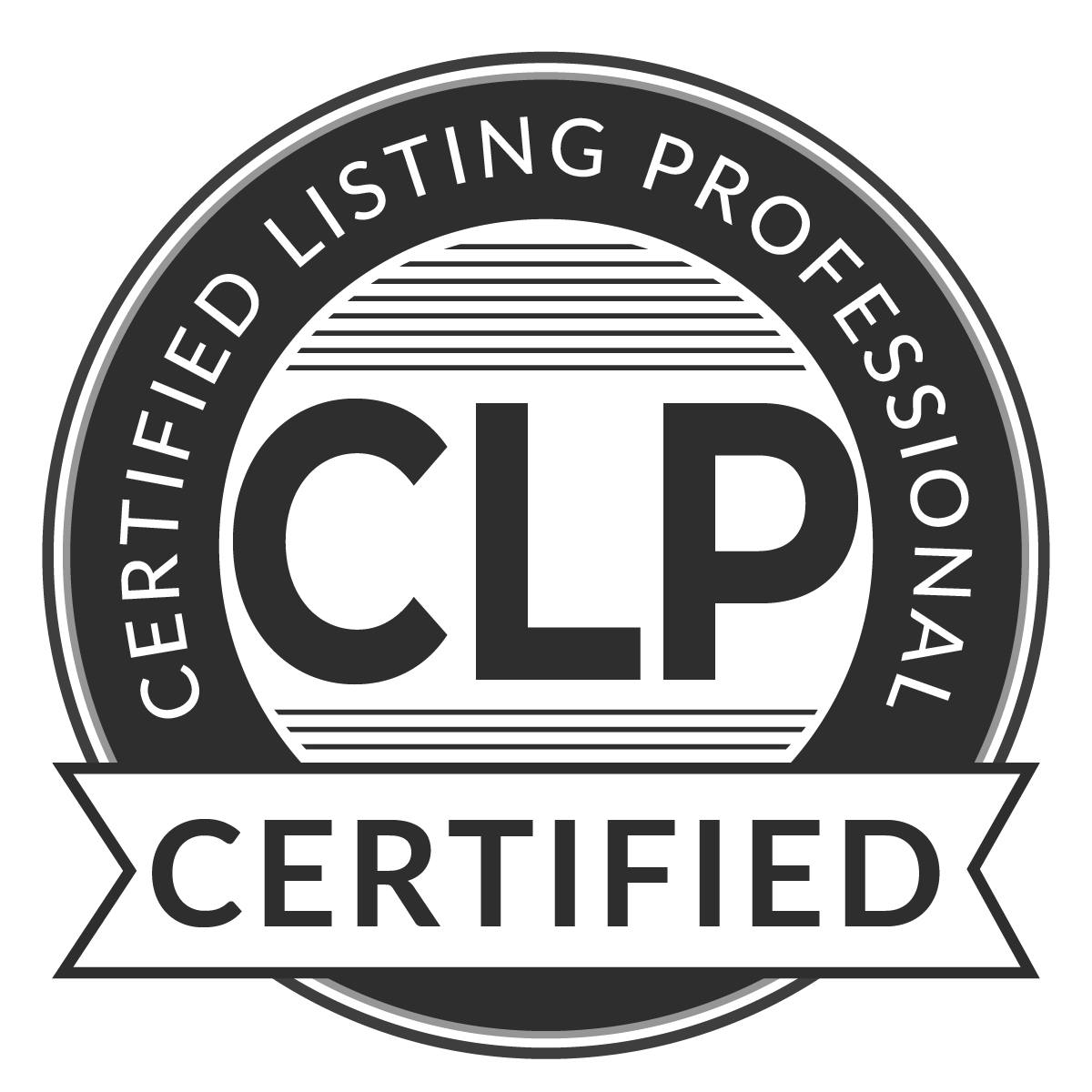Many individuals selling their homes may find their profits are usually exempt from taxation, and some may not even need to report the sale to the IRS. However, certain exceptions exist, and understanding the rules for excluding profit from your taxable income can help minimize your tax liability.
Do I Need to Pay Taxes on the Profit from My Home Sale? The tax implications of your home sale depend on the duration of ownership and residence in the home before the sale, as well as the amount of profit you earned.
If you owned and lived in the property for at least two of the past five years before the sale, you can exclude up to $250,000 of profit from taxation. If you are married and file a joint return, this exclusion doubles to $500,000. The law allows you to exclude this profit from your taxable income. However, if you sold your home at a loss, you cannot deduct that loss.
You can use this exclusion each time you sell your primary residence, provided you meet the two-out-of-five-year ownership and residency requirement and have not claimed the exclusion for another home in the past two years. If your profit exceeds the $250,000 or $500,000 limit, the excess amount is reported as a capital gain on Schedule D.
Qualifying for this Tax Exclusion To qualify for this tax break, you must satisfy three essential tests:
- Ownership: You must have owned the home for a minimum of two years (730 days or 24 full months) within the five years preceding the sale. This ownership period doesn’t need to be continuous and can be at any time within that five-year window.
- Use: You must have used the home as your primary residence for at least two of the five years leading up to the sale.
- Timing: You should not have claimed the exclusion for the sale of another home within two years before the current sale.
For married individuals seeking the $500,000 exclusion, both spouses must meet the ownership and residency requirements, and they must file a joint return. These criteria ensure that the home sale qualifies for tax-free treatment.
Special Circumstances Even if you don’t meet all the standard requirements, some special rules may still allow you to claim the full or partial exclusion:
- If you acquired ownership of a home as part of a divorce settlement, the time the place was owned by your former spouse counts towards your ownership requirement.
- Short temporary absences can be counted as time lived in the home, even if you rented it to others during these periods.
- If one spouse is granted use of a home as part of a divorce or separation agreement and the other spouse lives in the home, these days of use count towards the ownership and use test.
- If one spouse passes away and the surviving spouse has not remarried before the home is sold, the period the deceased spouse owned and used the property can be included in the ownership-and-use test.
Special Considerations for Certain Professionals Members of the uniformed services, foreign service, and federal intelligence agencies can suspend the five-year ownership and use test period for up to ten years while serving on qualified official extended duty. This flexibility allows them to meet the two-year use test, even if they didn’t live in the home for the full two years within the five-year period before the sale.
Qualifying for a Reduced Exclusion In some cases, you can treat a portion of your profit as tax-free even if you haven’t met the standard two-out-of-five-years tests. A reduced exclusion is available if you sell your home due to circumstances like a change in employment, health, or other unforeseen events, such as a divorce or multiple births from a single pregnancy. This reduced exclusion allows you to exclude less than the full $250,000 or $500,000, depending on your specific situation.
Deciding Whether to Claim the Exclusion In rare situations, it might be advantageous to forgo the government’s exclusion and pay tax on your home sale. This strategy can be beneficial if it helps you preserve the exclusion for a subsequent sale of another home within two years. Remember, although you can use the exclusion multiple times in your lifetime, it cannot be used more frequently than once every two years.
Reporting the Home Sale You generally need to report the sale of your home on your tax return if you receive a Form 1099-S or if you fail to meet the requirements for excluding the gain. If you don’t receive a Form 1099-S, it means you’ve assured the closing agent that all the profit on the sale is tax-free by meeting specific conditions. If you receive the form, it’s essential to ensure your paperwork is in order to respond to the IRS if necessary.
Calculating Gain on the Sale of Your Home To determine whether you have a gain or loss from the sale of your home for tax purposes, you need to pinpoint your adjusted basis. This adjusted basis includes the original cost of the home and the cost of capital improvements. Capital improvements are expenses that add value, extend the life, or provide a new use to your home, such as a new roof or a remodeled kitchen. Routine maintenance and minor repairs, like painting, are not considered capital improvements.
You add these improvement costs to your original cost to calculate your adjusted basis. However, you also need to subtract certain deductions you’ve claimed, such as depreciation, casualty losses, or energy credits. If you postpone paying taxes on the gains from selling a previous home, you must subtract that gain from your adjusted basis.
The original cost of your home is typically the amount you paid for it, including any settlement and closing costs, excluding routine expenses and prorated property taxes and interest. If you built your home, the original cost includes the cost of the land and construction expenses, such as payments to contractors, architects, and utility connection charges. Inherited homes have their basis based on fair market value at the time of the previous owner’s death.
Your adjusted basis is the cost of your home adjusted for improvements and deductions you’ve claimed. You need this adjusted basis to calculate the gain or loss when you sell your home.
Inheriting a Home If you inherit a home, the basis of the property is generally the fair market value at the time of the previous owner’s death, except in special cases, such as in 2010.
Divorce and Tax Basis After a divorce, the tax basis of a home received from your former spouse depends on the timing of the divorce. If the divorce occurred after July 18, 1984, your basis will be the same as it was when you were married. However, if you divorced before this date, your basis will generally be the fair market value at the time you received the property.
Postponed Gains under Previous Rules In the past, homeowners could postpone paying taxes on gains from the sale of a home by using the proceeds to purchase another home. This was known as “rolling over” gain. However, this option is no longer available for personal residences sold after May 7, 1997. Homeowners are now required to choose between excluding the gain or reporting it as taxable income.
Converting a Second Home to a Primary Residence It was once possible to extend the tax break for principal residences to a second home by converting it into your primary residence before selling. After living in the home for two years, you could qualify for up to $500,000 of tax-free profit. However, Congress has limited this option for homeowners who converted a second home to a primary residence after 2008. Now, a portion of the profit may be subject to tax if the two-year ownership and use test isn’t fully met. The proportion of gain subject to tax is based on the time the home was used as a second home or rental property after 2008.
Understanding the tax implications of selling your home is crucial to making informed financial decisions when it comes to real estate transactions. If you have specific questions or need guidance, it’s advisable to consult with a tax professional or financial advisor.




 Facebook
Facebook
 X
X
 Pinterest
Pinterest
 Copy Link
Copy Link






